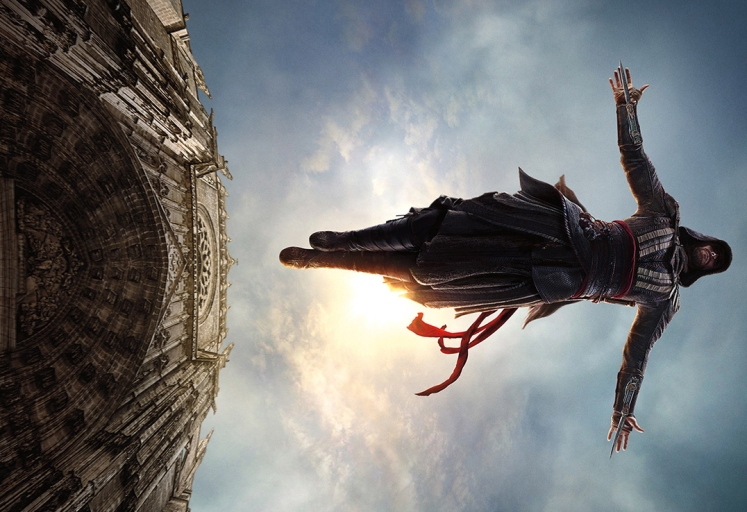
Rated PG-13 (for sequences of violence and action).
2016 looked to be a promising year for video game to movie adaptations. With Warcraft under the watchful eye of director Duncan Jones and Assassin’s Creed boasting a pedigree of acting talent, it seemed certain that at least one of these films would break the video game curse. Unfortunately the Warcraft movie turned out to be less than stellar, and all hopes lay on the shoulders of Assassin’s Creed, which turned out to be….passable. Which is something I guess.
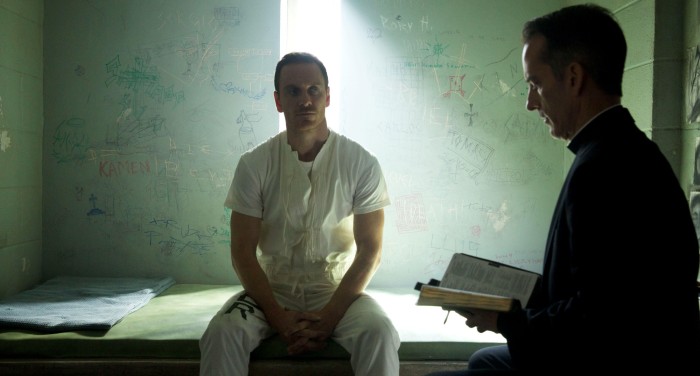
Set in the Assassin’s Creed universe but with new characters created solely for the movie, the film’s main protagonist is Callum Lynch (Michael Fassbender), a man with violent tendencies who is sentenced to death row. Saved by Dr. Sophia Rikkin (Marion Cotillard) and her father Alan Rikkin (Jeremy Irons), members of a mysterious organisation called the Abstergo Foundation, Callum discovers he is a descendant of Aguilar, a 15th century assassin, whose life Callum can relive through the help of the Animus. A machine that uses an individual’s genetic code to unlock the memories of their ancestors. Callum is torn between using his new abilities to help his fellow Assassin’s in the present day, or to help Abstergo, the people who saved his life.
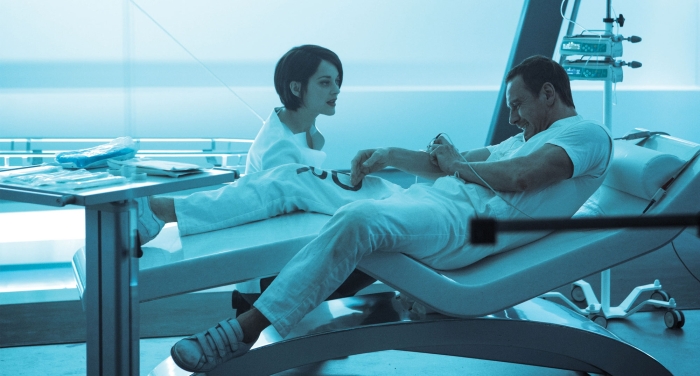
The main problem that Assassin’s Creed has is that its story gets pretty convoluted without resolving any of the questions it raises. All the characters in the film are after a McGuffin called the Apple, which is supposed to be able to end all violence. How does it do this? Who knows? The writers obviously didn’t think it was worth explaining. It’s a means to an end that doesn’t deliver a great pay off. The real significance of the Apple may be explained in the games, but to someone coming into the movie with no prior knowledge of the game will be left a bit confused.
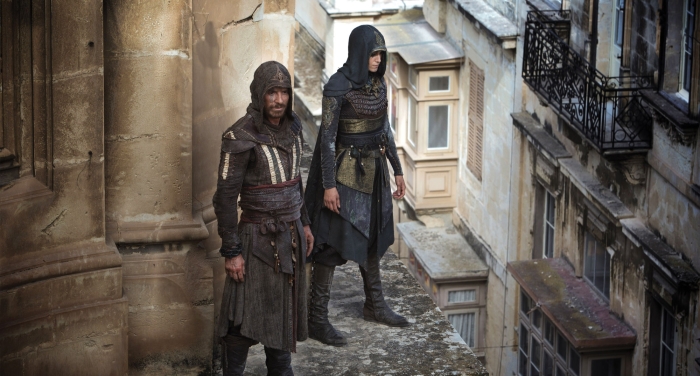
Even if the plot wasn’t so full of holes, the main roles in the film are not very relatable and personally I never found myself caring what happened to them. I found all the characters rather shallow with no discernible arc. Callum starts off as a man prone to violence and he ends as… a man prone to violence, albeit one with a more kick-ass set of skills.
Cotillard is nothing more than an expository device, basically standing around watching Callum as he regresses into his past lives. Imagine if you spent your day watching someone else playing a video game, and you have pretty much summed up Cotillard’s role in the film. Jeremy Irons doesn’t fare any better, working mostly in the shadows, exhibiting none of the screen-chewing villainy that he excels in.
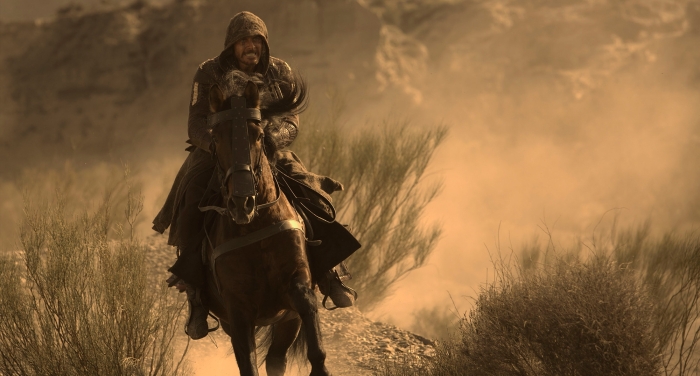
But if the characters and story are a bit of a let-down, at least the action and cinematography are top-notch. While only a small portion of the film is spent in the past re-living Aguilar’s life, but when we do get to see these historic events, they are captured in stunning fashion. These set-pieces are peppered with adrenaline pumping feats of parkour, our heroes darting across beams and roof tops, somersaulting with ease over assailants and performing feats of hand-to-hand combat that are both visceral and graceful at the same time. The camera follows the action effortlessly allowing the audience to take in the entire spectacle with nary a distraction due to poor editing. Seeing these crazy gravity-defying stunts come to life on film is sure to make fans of the game very happy.

One of the main changes visually that was made between the game and the film was the design of the Animus. Where in the game this was a machine that an individual would lie down in and experience his past, this doesn’t really translate very well into a live-action film (see comment above about watching a person play a video game). Instead, in the film, the Animus is a mechanical arm that is attached to the person reliving their memories. As they perform the actions of their ancestor, the machine moves correspondingly, behaving like a futuristic VR environment, moving the person around in all dimensions. This is to great effect in the film, the arm moving Callum intercut and overlaid with the actions of Aguilar in the past. My one complaint of this effect is that on one occassion it interrupted one of the more spectacular stunts of the film, where Aguliar performs a Leap of Faith and jumps off a tall tower. We don’t get to see him land as the scene cuts away to the present to show Callum performing the same action in the Animus. A puzzling editing choice by the director, and I’m not sure it was the right one.

But that aside, the action beats really make the film. Heightening these incredible set-pieces is a low, pulsating score that rumbles in the background until suddenly it burst through into a crescendo, its intensity totally a match for the visual action on screen. I hadn’t heard of composer Jed Kurzel before seeing this film, but I will definitely be on the lookout for more of his compositions in the future. I would go as far as to say that the Assassin’s Creed score was the highlight of the film for me.
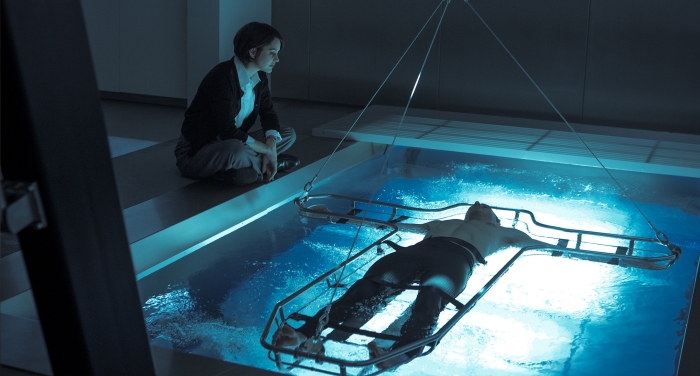
It’s a bit of a shame that Assassin’s Creed didn’t have a great story or characters worth rooting for, but if you’re just after a visual spectacle then this might be the film for you. I guess I will have to wait a little longer for a good video game movie.
I give Assassin’s Creed a 6.5 out of 10.



